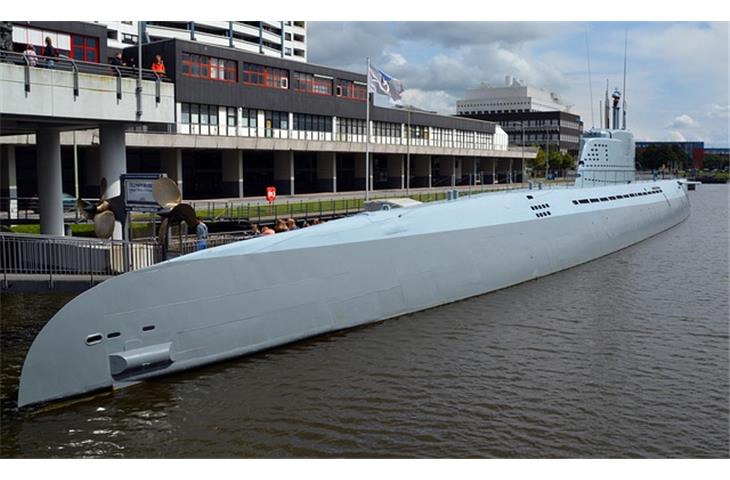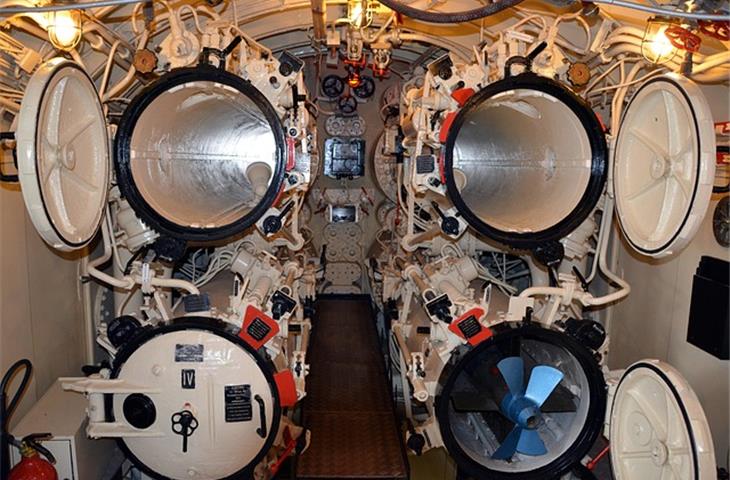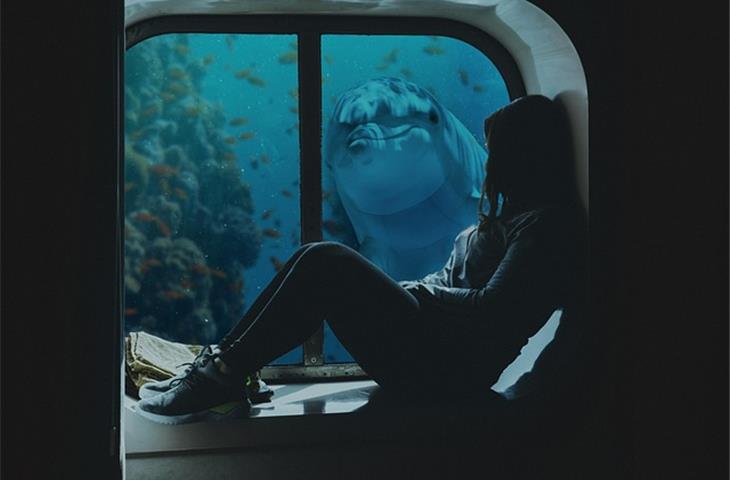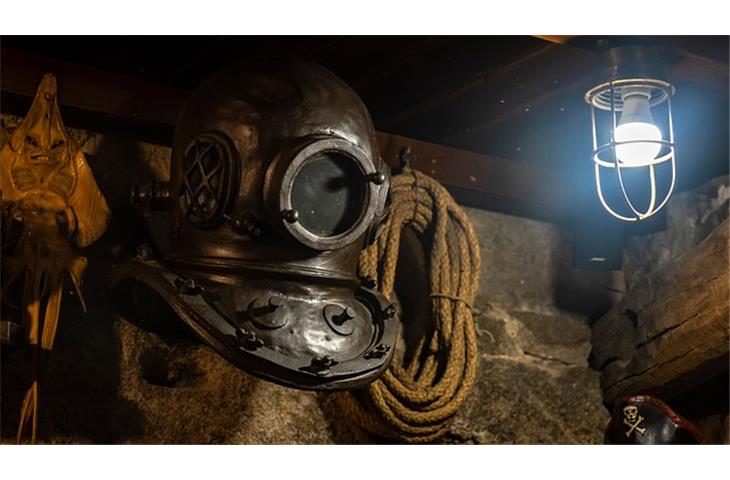Have you ever considered how long submarines can remain submerged? This is a very intriguing question, it fully engages you in this thrilling adventure beneath the sea. So, submarines are these unseen guardians of the deep ocean, extremely significant for a wide range of marine activities and scientific endeavors. So, In this article, we will delve into what enables these underwater marvels to endure for such extended periods, and determine what contributes to their robustness.
1. Factors Affecting Submarine Dive Time
2. Submarine Propulsion Systems
3. Oxygen Supply and Airlock Management
4. Crew Training and Endurance
5. Mission Requirements and Objectives

1. Factors Affecting Submarine Dive Time
Ships can hang out under water for different quantities of time, because a lot of things come into play. The main thing that matters is how the sub is built and what kind of power it’s got.
Newfangled ships with all the advanced technology can stay down for weeks or months. But older ships might only be able to stay down for a few periods. Another considerable factor is making sure there’s enough air and managing how people get aboard the vessel. Maintaining ample oxygen supply and controlling that airlock is key to keeping everyone on the boat safe and healthy.

2. Submarine Propulsion Systems
The kind of motor your sub’s got has a huge effect on how long it can stay down. There’s two main methods to get propulsion: diesel-powered electrical and nuclear power.
Diesel-powered submarines can remain submerged several days, but they gotta surface to recharge now and then. But nuclear-powered submarines have no limits on their dive time, cause they’re like a micro power plant under the water. This makes them ideal for extended operations, such as intelligence collection or scientific investigation.

3. Oxygen Supply and Airlock Management
Submariners are always worried about the oxygen, big time. They’ve got all kinds of sophisticated equipment to keep an eye on the oxygen levels.
The hatch is super important too. It’s how you enter and exit the boat without disrupting the air. You gotta manage that hatch right, so you don’t exhaust oxygen and ensure everyone’s safety.

4. Crew Training and Endurance
The training of the crew and how they handle being cooped up under water also matter a lot. They gotta go through some serious training to deal with being confined in a small enclosed area for a long time. Being able to remain mentally sharp and your physical fitness for extraordinary long missions is a big deal.

5. Mission Requirements and Objectives
How long resides beneath the surface usually influences what it’s supposed to do. Some jobs, like espionage operations, might need the sub to remain submerged for an extended period.
But for stuff like transporting equipment or repairing items, you might only need to stay down for a short bit. Being aware of the designated tasks facilitates planning and succeed in the mission.
References:
- U. S.
Navy. (n. D. ). Submarine Information Sheet. Accessed from <a href=